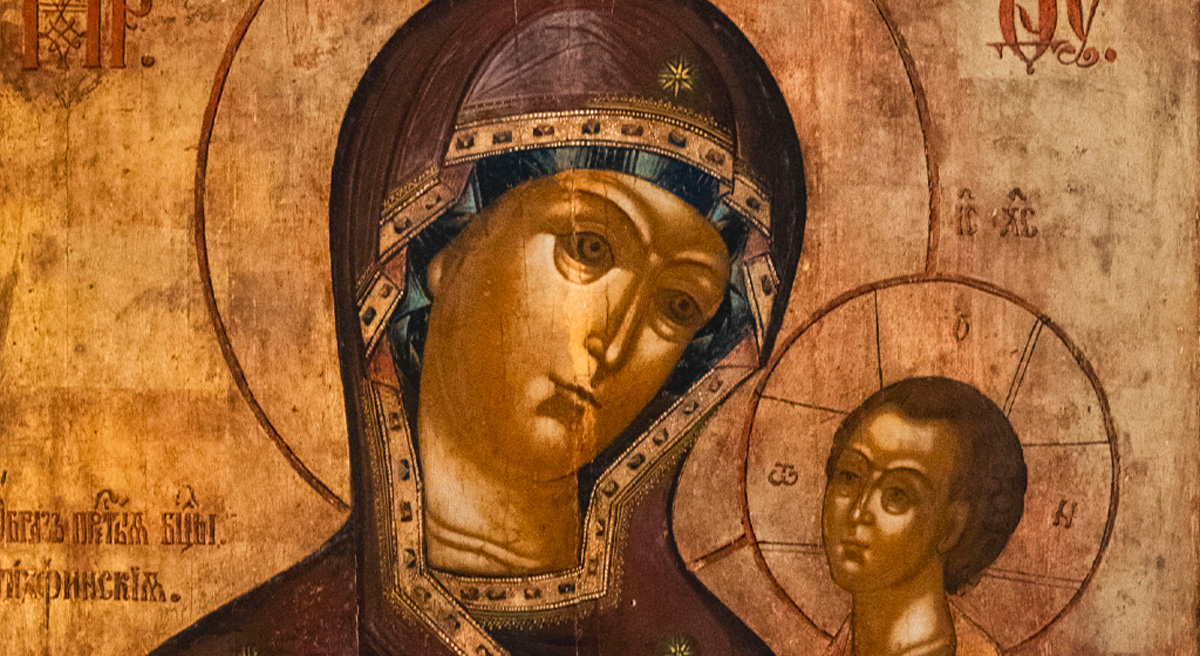Memory of the Mother of the Lord
Feast of Mary Magdalene. She announced to the disciples that the Lord was risen.
Reading of the Word of God
Alleluia, alleluia, alleluia
The Spirit of the Lord is upon you.
The child you shall bear will be holy.
Alleluia, alleluia, alleluia
John 20,1.11-18
It was very early on the first day of the week and still dark, when Mary of Magdala came to the tomb. She saw that the stone had been moved away from the tomb But Mary was standing outside near the tomb, weeping. Then, as she wept, she stooped to look inside, and saw two angels in white sitting where the body of Jesus had been, one at the head, the other at the feet. They said, 'Woman, why are you weeping?' 'They have taken my Lord away,' she replied, 'and I don't know where they have put him.' As she said this she turned round and saw Jesus standing there, though she did not realise that it was Jesus. Jesus said to her, 'Woman, why are you weeping? Who are you looking for?' Supposing him to be the gardener, she said, 'Sir, if you have taken him away, tell me where you have put him, and I will go and remove him.' Jesus said, 'Mary!' She turned round then and said to him in Hebrew, 'Rabbuni!' -- which means Master. Jesus said to her, 'Do not cling to me, because I have not yet ascended to the Father. But go to the brothers, and tell them: I am ascending to my Father and your Father, to my God and your God.' So Mary of Magdala told the disciples, 'I have seen the Lord,' and that he had said these things to her.
Alleluia, alleluia, alleluia
Look down, O Lord, on your servants.
Be it unto us according to your word.
Alleluia, alleluia, alleluia
Today the liturgy commemorates Mary Magdalene. She met Jesus at the beginning of his mission in Galilee and was freed from "seven demons." The Gospel presents her to us standing beside the empty tomb and weeping. It is not easy to stay by a tomb, that is near great suffering. But this is the strength of love that links Mary Magdalene to her teacher. "Woman, why are you weeping?" the angels ask, as Jesus himself will later do. Mary's tears speak to us of a great love, of revolt against death, and show us that the proclamation of the resurrection cannot reach those who do not pass through those tears and that question: "Why are you weeping?" A question that resounds today in front of so many sepulchres and places of sorrow: from war-wounded places like Ukraine to those where those who feel alone in the face of life's difficulties and problems lie. "For whom are you looking?" How many seek peace, a future, friendship, and a meaning to their lives. Jesus for Mary was all this. She then, whom the Church calls the 'Apostle of the Apostles,' becomes for us a model of how we should be inspired by the 'master'. We, too, can live the same compassion, weeping before the empty tomb - especially at this time when history seems to have departed from God - courageously communicating the joy of the resurrection to all. Together with Mary Magdalene, let us also be bearers of the hope of the resurrection where it is lacking.
